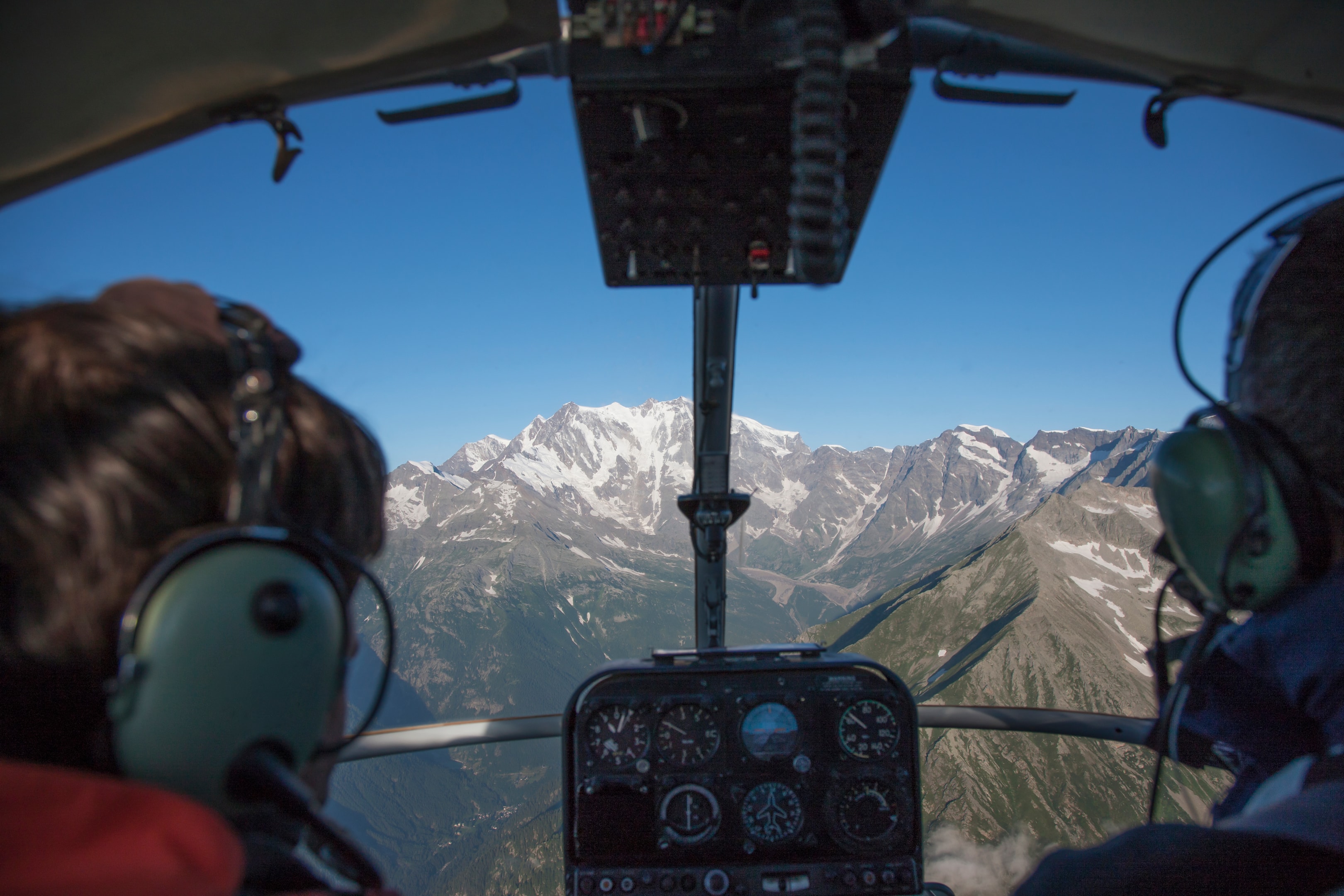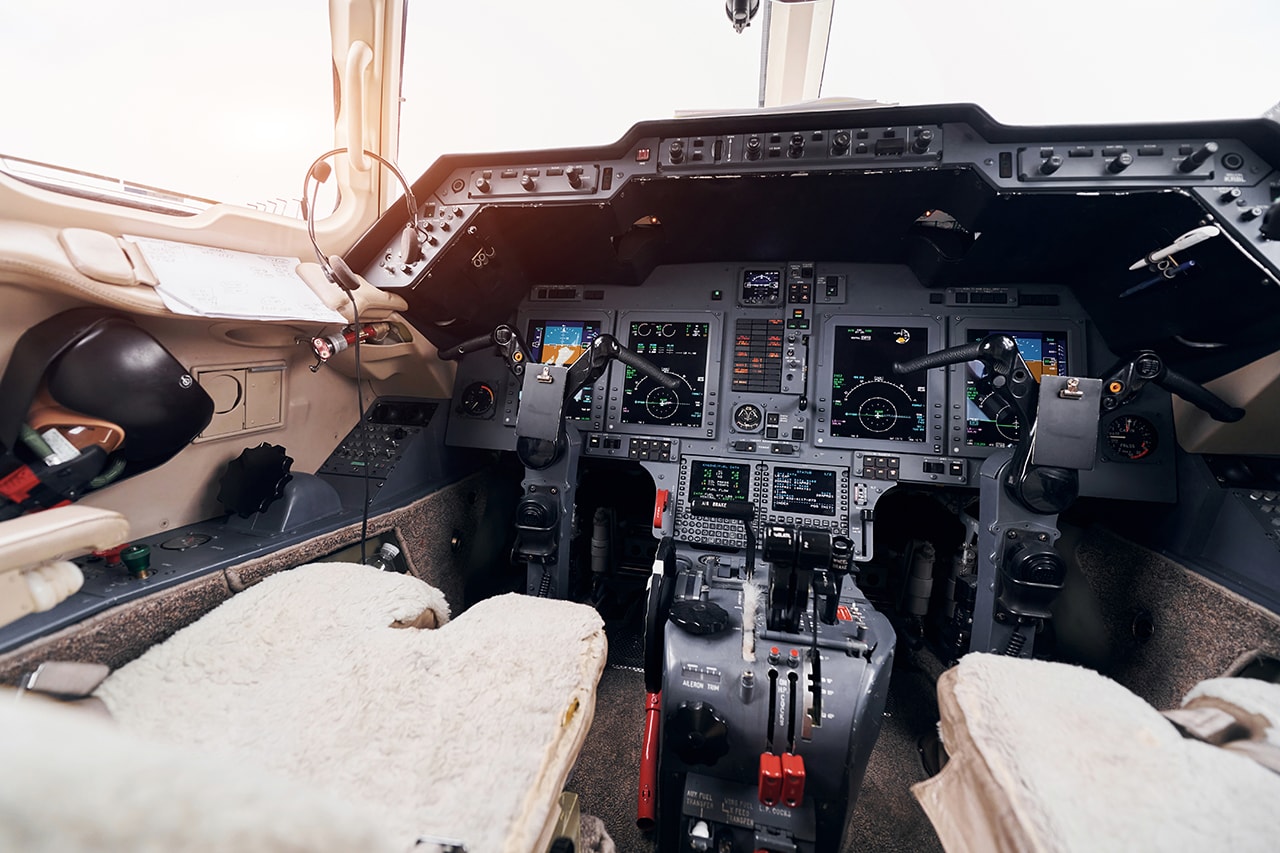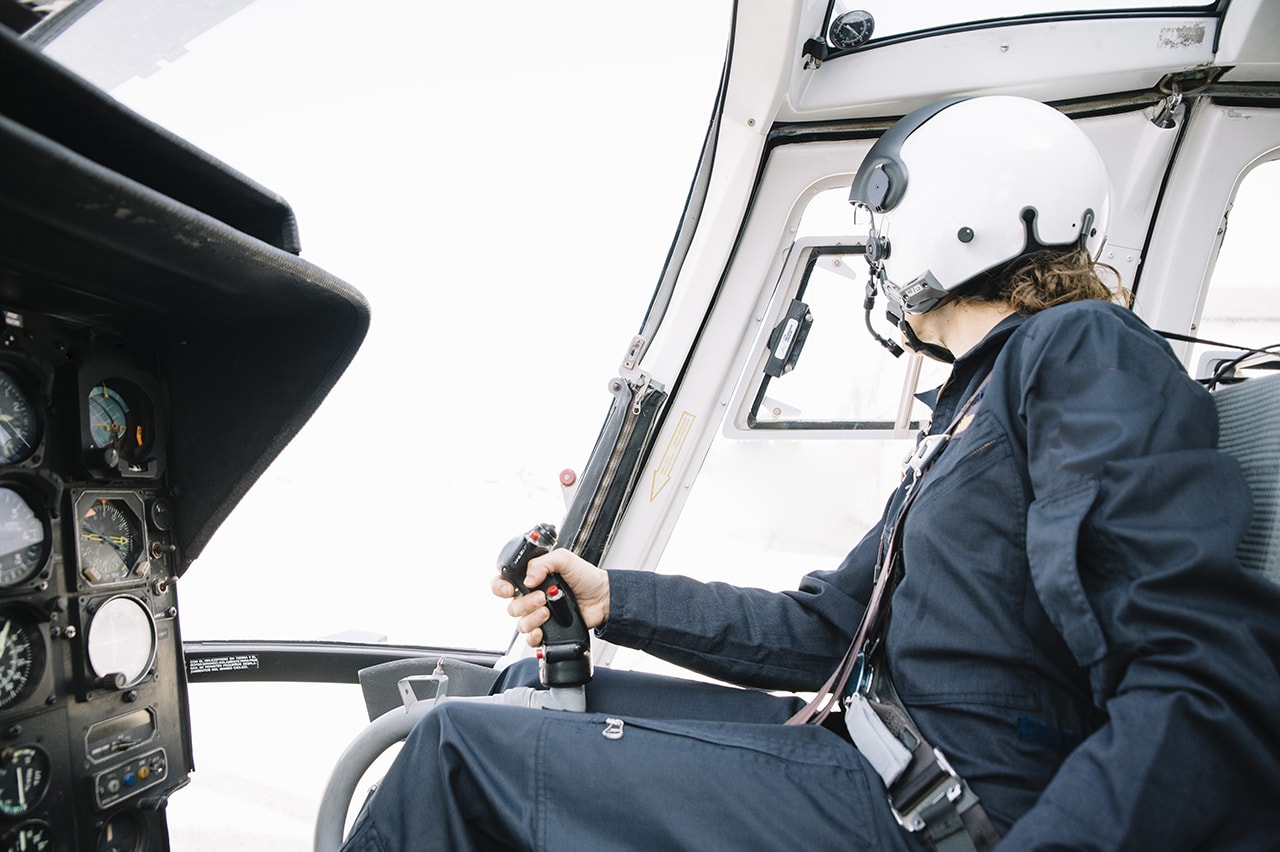Light Sport Rules: Key Regulations and Pilot Insights
Oct 07, 2025
Discover everything you need to know about light sport rules the essential regulations that make recreational flying accessible and safe.
Whether you're a budding sport pilot or curious about light sport aircraft, this guide covers pilot privileges, training requirements, aircraft limits, and maintenance to help you confidently take to the skies.
Introduction to Recreational Aviation and Pilot Privileges
The light sport aircraft rule, introduced by the FAA in 2004, revolutionized recreational aviation by creating a new category of aircraft known as Light Sport Aircraft (LSA).
This rule allows individuals to obtain a sport pilot certificate, enabling them to fly light sport aircraft without the need for a traditional FAA medical certificate. Many aspiring pilots seek the Sport Pilot Certification because it lowers barriers to entry while maintaining safety.
Private pilots are required to hold at least a third-class medical certificate (class medical), while sport pilots can use a valid U.S. driver's license as an alternative to a class medical certificate to meet medical requirements.
This change made flying more accessible and affordable for many aspiring pilots. Sport pilots are granted specific privileges, including flying during day Visual Flight Rules (VFR) conditions, which means flying in good weather with clear visibility.
However, there are limitations to these privileges, such as restrictions on flying in controlled airspace without proper endorsements and limitations on carrying passengers until certain experience requirements are met.
The light sport aircraft category encompasses a range of certificated aircraft types, including Experimental Light Sport Aircraft (E-LSA), Special Light Sport Aircraft (S-LSA), Primary, and Standard category aircraft. These aircraft are designed with simplicity, safety, and ease of operation in mind, making them ideal for recreational aviation enthusiasts and flight training.
The introduction of the light sport aircraft rule was formalized through the FAA's final rule, which established these regulations. Compared to the sport pilot certificate, the private pilot certificate offers broader privileges, such as the ability to fly larger and more complex aircraft, fly at night, and operate in a wider range of airspace, but it also requires more training and a valid class medical certificate.
Understanding the sport pilot privileges and the specific regulations governing the light sport aircraft category is essential for safe and legal operation.
The light sport aircraft rule not only provides a structured framework for sport pilots but also offers a safer alternative to experimental amateur-built aircraft, promoting recreational aviation as an enjoyable and responsible way to experience flight.
Medical Requirements for Sport Pilots

One of the most significant advantages of the sport pilot rule is the simplified medical requirements for those wishing to fly light sport aircraft. Unlike private pilots, who must hold a valid FAA medical certificate, sport pilots can exercise sport pilot privileges by using a current and valid U.S. driver’s license to demonstrate their medical fitness.
This approach opens the door for many individuals to participate in recreational aviation, especially those who may not qualify for a traditional medical certificate but are otherwise healthy and capable of safely operating a light sport aircraft.
To fly light sport aircraft under the sport pilot certificate, pilots must ensure they have never had an FAA medical certificate denied, revoked, or suspended. If a pilot’s medical certificate has been withdrawn or denied by the FAA, they are not eligible to use their driver’s license as proof of medical fitness for exercising sport pilot privileges.
It is the pilot’s responsibility to verify their medical status with the FAA Regional Medical Office or the Aerospace Medical Certification Division before operating any aircraft in the light sport aircraft category.
Self-assessment is a cornerstone of the sport pilot rule. Sport pilots must always evaluate their health before each flight, ensuring they are physically and mentally fit to fly light sport aircraft.
If a medical condition arises that could impair safe operation, the pilot must refrain from acting as Pilot In Command (PIC) until the issue is resolved. Consulting with a medical professional is strongly recommended if there is any doubt about medical eligibility or fitness to fly.
These medical requirements are designed to maintain high safety standards while making recreational aviation more accessible. By allowing sport pilots to use a driver’s license in place of a traditional FAA medical certificate, the light sport aircraft category continues to grow, welcoming a broader community of aviation enthusiasts.
Adhering to these requirements ensures that sport pilots can enjoy the freedom to fly light sport aircraft while upholding the responsibility and safety that come with exercising sport pilot privileges.
Becoming a Sport Pilot and Maintaining a Sport Pilot Certificate

To become a sport pilot, applicants must first meet specific eligibility requirements set by the FAA. This includes being at least 17 years old, able to read, speak, write, and understand English, and holding a valid U.S. driver’s license to satisfy medical requirements.
A certificated pilot can also pursue a sport pilot certificate as an additional qualification. Training must be completed under the guidance of an authorized sport pilot instructor, who must hold the appropriate certification to provide instruction in light sport aircraft and delivers instruction tailored to the light sport aircraft category.
Prospective sport pilots are required to complete a minimum of 20 hours of flight time, which includes specific training in the airplane category they intend to fly. This training covers essential skills such as takeoff and landing procedures, navigation, and emergency maneuvers. Additionally, applicants must pass both a FAA knowledge test and a practical flight exam to demonstrate their understanding of applicable aeronautical knowledge areas and flight proficiency requirements.
Sport pilot certificates are issued without category or class designations; instead, endorsements in the pilot’s logbook specify the category and class ratings, as well as the make and model of aircraft they are authorized to fly. These category and class ratings are essential for the legal operation of different types of light sport aircraft.
Maintaining a sport pilot certificate involves adhering to the light sport rules, including medical and operational requirements. Sport pilots can use a valid U.S. driver’s license in lieu of a traditional FAA medical certificate, simplifying the medical certification process.
However, they must always self-assess their fitness to fly before operating an aircraft. Additional privileges, such as flying at night, in controlled airspace, or carrying passengers, are only granted through specific logbook endorsements after meeting further training and experience requirements.
Sport pilots must also comply with the operational limitations of the aircraft, including maximum takeoff weight, maximum stalling speed, and fixed landing gear restrictions as outlined in the light sport aircraft rule. Staying current with these requirements ensures safe and legal operation while exercising sport pilot privileges, allowing pilots to enjoy recreational aviation responsibly and confidently.
Importantly, the sports cost associated with obtaining and maintaining a sport pilot certificate is generally lower than traditional pilot certifications, making it an attractive option for many aspiring aviators.
Operating and Maintaining an Aircraft
Sport pilots must always operate light sport aircraft within the specific aircraft's operating limitations established for each aircraft. These limitations include critical factors such as the maximum stalling speed, minimum steady flight speed, maximum level flight speed, and maximum continuous power.
Adhering to these parameters ensures safe flight performance and compliance with the light sport rules. Factory-built LSAs are considered ready to fly aircraft, allowing owners to fly aircraft that meet industry standards and are recognized by the FAA as compliant.
Powered parachutes are also a type of light sport aircraft that require specific regulatory compliance and markings, and are included in the broader category of recreational aircraft. Additionally, pilots flying powered aircraft must be aware of restrictions related to fixed or repositionable landing gear, as retractable landing gear is generally not permitted in the light sport aircraft category.
Understanding and respecting the aircraft’s operating limitations, including the maximum seating capacity and the aircraft’s intended use, is essential for maintaining safety and regulatory compliance while exercising sport pilot privileges to fly aircraft that meet these requirements.
Maintenance and inspections play a vital role in keeping light sport aircraft airworthy and safe for recreational flying.
The light sport aircraft rule allows aircraft owners to perform maintenance and required inspections on their aircraft, provided they hold a light sport repairmen certificate with the appropriate inspection or maintenance rating.
For example, annual condition inspections on experimental light sport aircraft (E-LSA) can be conducted by repairmen holding an inspection rating, while inspections on special light sport aircraft (S-LSA), as well as mandatory 100-hour inspections for aircraft used in flight instruction, require a repairman with a maintenance rating or a certified A&P mechanic.
Sport pilots with a valid sport pilot certificate or higher can also perform regular maintenance on their aircraft. Staying current with maintenance requirements and understanding the distinctions between E-LSA and S-LSA categories, along with compliance with industry consensus standards, ensures safe and legal operation of light sport aircraft under the sport pilot rule.
Summary

The light sport rules established by the FAA have revolutionized recreational aviation by offering an accessible and affordable way for aspiring pilots to fly light sport aircraft.
These rules introduced the sport pilot certificate, which allows individuals to operate light sport aircraft using a valid U.S. driver's license instead of a traditional FAA medical certificate, simplifying medical requirements and lowering barriers to entry.
Sport pilots are granted specific privileges, such as flying during day Visual Flight Rules (VFR) conditions and operating a range of aircraft types including Experimental Light Sport Aircraft (E-LSA) and Special Light Sport Aircraft (S-LSA).
However, these privileges come with important limitations, including restrictions on flying in controlled airspace without proper endorsements and passenger carrying until certain experience thresholds are met. To maintain a sport pilot certificate, individuals must meet eligibility criteria, complete required flight training with an authorized instructor, and pass FAA knowledge and practical tests.
Sport pilots must also adhere to aircraft operating limitations like maximum takeoff weight, stall speed, and fixed landing gear requirements as outlined in the light sport aircraft rule.
Maintenance and inspections are key to safe operation; owners with the appropriate light sport repairman certificates can perform necessary inspections and maintenance, while certified mechanics handle more complex work.
The distinction between experimental and special light sport aircraft categories affects maintenance responsibilities and operational rules. Overall, the FAA’s light sport rules provide a well-balanced framework that promotes safety, encourages innovation, and expands opportunities for recreational aviation enthusiasts to enjoy flying light sport aircraft confidently and legally.
